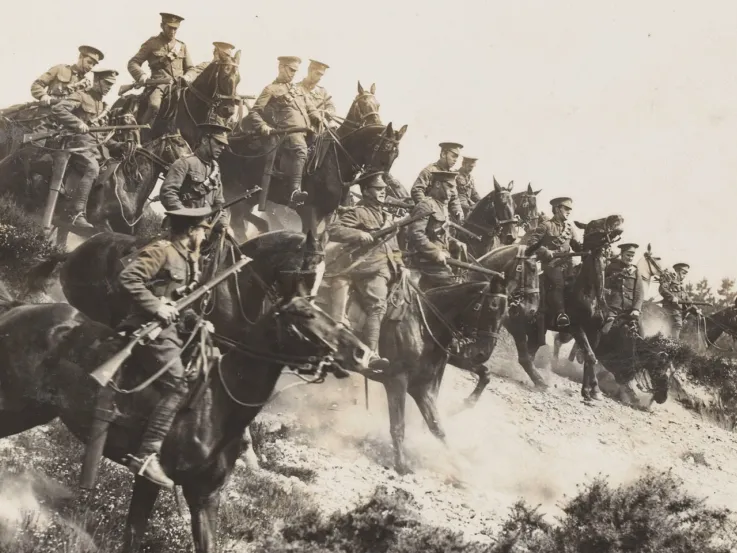Transcript: 'It's like a ballet'
Audio transcript
Major Patsy Beesley:
It’s like a ballet. It’s the only way I can describe it. It’s a dance. Everybody knows exactly what they’re doing. Nobody falls over anybody else because each knows their place, each knows what to do.
And you can have quite a few casualties in at the same time – you can call another team in. Obviously it’s shift and rotaed. But if you call another team in, they’re only across the other side of the compound, if you like, not very far, if they’re off duty. Not very often because people need to get their rest so you don’t tend to call them in. But if you get a lot of casualties in, you do. And everybody knows their place and everybody works.
Straight from there into theatre, if required, or into CT because obviously you’ve got to do lots of CT scanning. X-rays and CT… X-rays are done in the department, CTs go up to the CT, er… X-ray department. Into theatre. From theatre, the corridor straight into ITU [intensive treatment unit], if required, or straight down to the wards. And it flows so well.
Description
This transcript is from a 2013 interview with Major Patsy Beesley, Queen Alexandra's Royal Army Nursing Corps (QARANC). (NAM. 2013-04-11)
Patsy joined QARANC in 1981. She was already a nurse, and joined the Territorial Army after being inspired by one of her tutors. She was deployed to Afghanistan in 2012.



